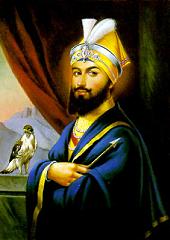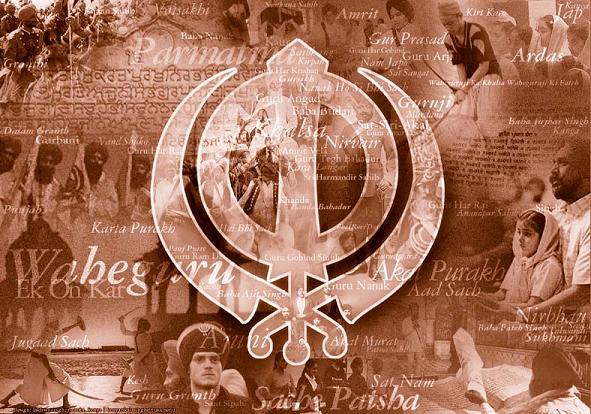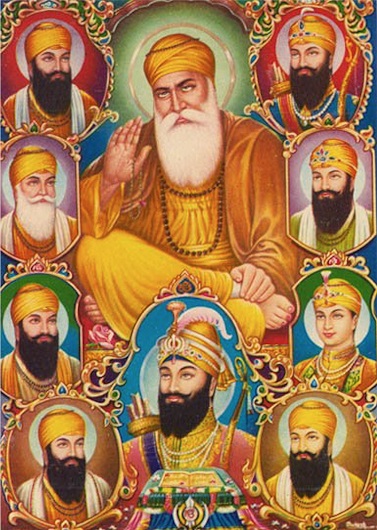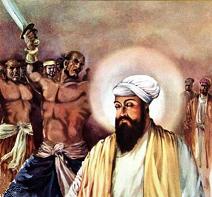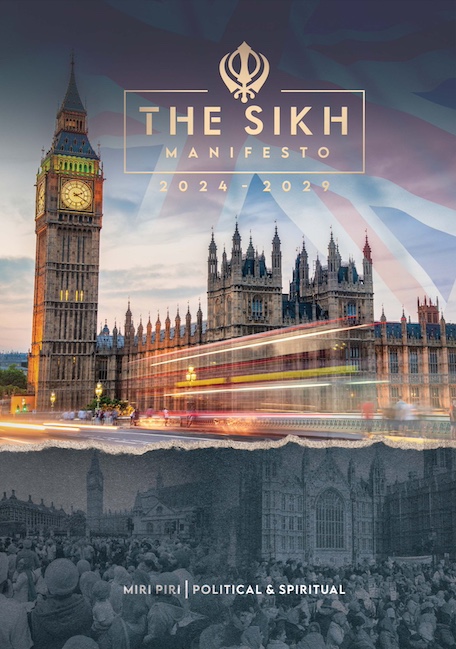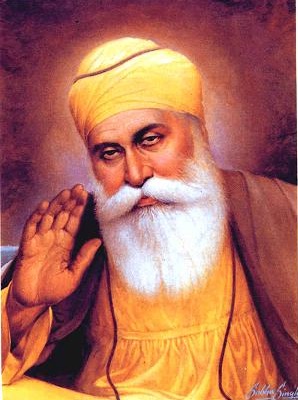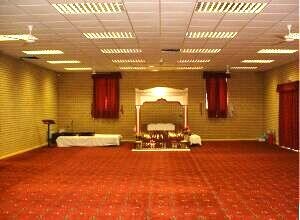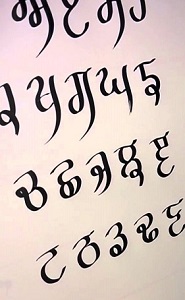The British Sikh Inquiry (BSI) project aims to record evidence which shows institutional bias against the Sikhs because they are “different”. Thus, “Institutional racism” was defined by Sir William Macpherson in the UK’s Lawrence report (1999) as:
“The collective failure of an organization to provide an appropriate and professional service to people because of their colour, culture, or ethnic origin. It can be seen or detected in processes, attitudes and behaviour that amount to discrimination through prejudice, ignorance, thoughtlessness, and racist stereotyping which disadvantage minority ethnic people.”
Institutional racism in the government and agencies, politics, local and national assemblies, the judiciary, the media, the health and educational systems and other public and private sector bodies is directed against a people like the Sikhs because they are seen to be “different”. They are different not just because of their visible identity in case of Amritdhari (initiated) Sikhs and Sikhs who keep turbans and beards but also due to their association with a way of life based on creed, culture and historical tradition as a distinct people.
There have been numerous recorded cases since the arrival of Sikhs in the UK from about mid-1950's, which show that Sikhs have been victims of institutional discrimination because of their qaumi (theo-national) way of life, values, behaviour and characteristics. Varying degrees of religious observance may be one characteristic.
Otherwise, “The Sikhs are a role model community and provide an exceptionally interesting example of successful integration whilst maintaining a very visible and distinctive religious identity.” (The Sikh Manifesto 2015-2020).
Findings of the prolonged Daniel Morgan murder investigation into Scotland Yard remind UK Sikhs of their own negative experience in dealing with public servants and ministers. The most recent example is the highly questionable "consultation" process used by the Office for National Statistics to decide if the Sikhs should be allocated own ethnic (Qaumi) tick box in Census 2021.
The British Sikh Inquiry (BSI) section at the Sikh Missionary Society UK aims to collate and preserve as part of British Sikh history, cases, news reports, briefings and investigative articles relating to institutional racism against British Sikhs as a distinct community in the British plural society.
Project co-ordinator:
Gurmukh Singh OBE: sewauk2005@yahoo.co.uk
(First contact by e-mail only).
Please visit the new section of the website -
